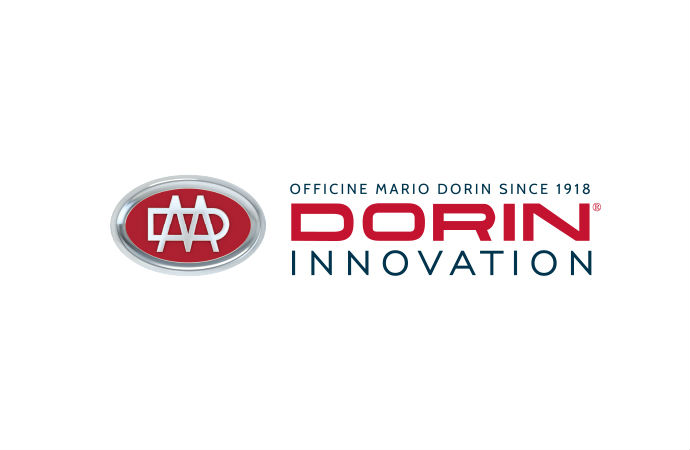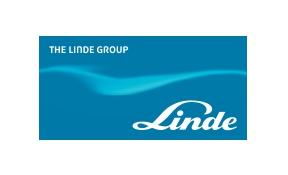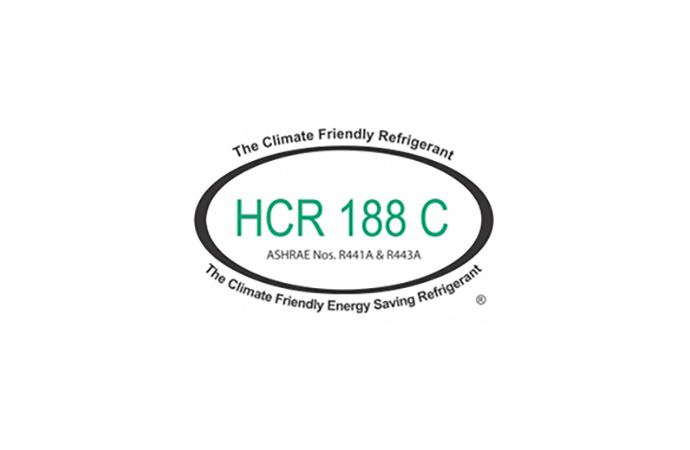It is critical that the US technician population develop a better understanding of natural refrigerants, according to presentations and roundtable discussions held at the ATMOsphere America 2012 conference in Washington DC in June 2012. With technicians assessed as having a weak grasp of refrigerant fundamentals, “it is going to be an interesting world as we transition” towards using flammable refrigerants, where skills become ever more important.

A presentation provided by Patrick Murphy of RSES (Refrigeration Service Engineers Society), a leading provider of training and education for professional HVACR technicians and contractors in the US, revealed that most HVAC&R technicians currently have an inadequate understanding of heat transfer basics (refrigerant loss, behaviour, pressure and temperature etc): “They are woefully inadequate in electricity and electronics”, Murphy noted. Regarding brazing techniques, “the educational community at times does not cover that information”, whilst Mr Murphy estimates that “only 20-25% of the technician population has ever gone through an actual training program. They have made up their own methodology, they are not necessarily aware of UL standards, Department of Energy (DOE) regulations”.
“It is critical that our technician population move up to understanding the natural refrigerants”, noted Murphy. However, “It is going to be an interesting world as we transition”, he said after noting some bad practices observed over the years (e.g. smoking while venting equipment) that would put safety in question when flammable refrigerants are used.
A lot needs to be done when it comes to training
In this respect RSES has been a pioneering organization: their new training programme on flammable refrigerants such as hydrocarbons covers environmental impact, SNAP approval, regulations, lessons learnt and information from the EU and other regions, refrigerant safety, classification, flammability, etc… The very first thing that RSES has worked on is making sure that the new training programmes are up to date with the legislative and regulatory environment. Moreover, training is developed together with industry input, which reviews the training information.
It should be noted that although the retrofitting of equipment with hydrocarbons is practiced in other countries, and for which training is also crucial, the practice is not allowed in the US and is therefore not reflected in the RSES programme which is developed for US requirements. Moreover, there is no equipment in the US that is UL (Underwriters Laboratories) approved for recovering the refrigerant.
Training not equivalent to experience!
The presentation by RSES was followed by an Industry Roadmap Workshop, held during the conference under the tag line ‘Putting forward Actions for a Business Case for Natural Refrigerants’, and where participants were split into roundtables of eight to discuss barriers to a greater market update of natural refrigerants and potential solutions.
A major UK retailer that operates 119 stores with transcritical CO2 technology and has invested a lot in training technicians, yet still faces difficulties relating to technician training said “While I paid for the training, naively I did not consider that training and experience are two different things. And you have got to get the experience”.
“If there is a refrigerant leak with an HFC system you probably have time to get there and top the system up and get it running again. With CO2, if you have a refrigerant leak you are going to loose your charge extremely quickly. And what that does is that is shows you where the problems are in your supply chain and it shows you where there are problems with the competency of your engineers,” concluded the supermarket representative.
Need for government backing when setting up training schemes
The same representative noted that the only way forward is to get government backing for training programmes. “What I found in the UK was that once you got the government involved, once you got the refrigeration technical bodies (e.g. the UK Institute of Refrigeration - IOR) involved and came up with a training solution that was endorsed by those people, that is when we started to move things forward. Moreover, if there is one standard to work to, it keeps the costs down, with contractors paying for just one training programme. The other thing that government backing does is that “it gives a common thread that goes through training”.
This view was reflected in the responses submitted to the ATMOsphere industry workshop where many participants cited a lack of standardized technician training and the resulting varying levels of technician education as a key problem. Compounding this, participant bemoaned the lack of incentives for technicians to become familiar with natural refrigerant technology
Raising the profile and quality of HVAC&R apprenticeships
The discussions during roundtable discussions revealed the need to improve the quality of HVAC&R apprenticeship: some participants drew a parallel to electrical apprenticeships and recommended that HVAC&R apprenticeships should mirror them - one cannot be an electrician without a 4 year apprenticeship that includes both theoretical and field training as well as continuous education. The same does not currently exist for refrigeration technicians. Finally some participants proposed that certification of technicians on handling natural refrigerants become mandatory, and that curricula on natural refrigerant be developed to allay fears regarding toxicity, flammability and high-pressure.
MORE INFORMATION
Related stories












